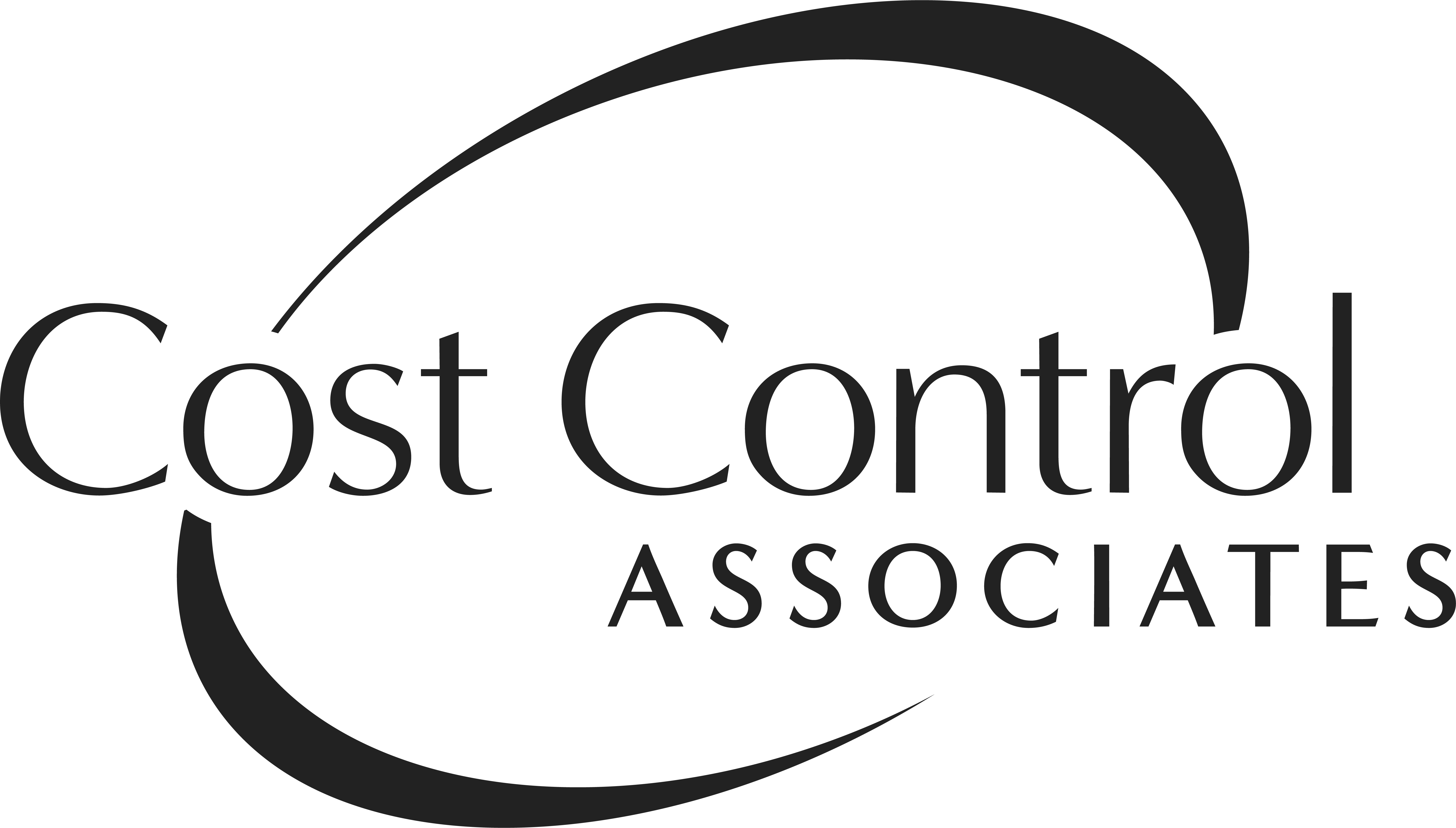When you want to be sure you’ll get the best energy prices for your organization, a reverse auction might seem to be the perfect solution. But it can backfire into a perfect storm of unrealistic prices, unexpected contractual problems or worse.
What Is a Reverse Auction?
A reverse auction is a role reversal of buyers and sellers. In a regular auction, the seller offers an item or service that goes to the highest bidder. In a reverse auction, it is the sellers who bid to win the buyer’s business—usually by discounting their prices to entice the buyer and win the bid.
For an organization looking to perform energy procurement services at rock-bottom prices, an auction may seem attractive, but…
Things Can Go Very Wrong
1. Buyer Beware
It is up to you to perform the due diligence necessary to vet each energy provider, and you may lack the personnel resources and knowledge to do so effectively. It is critical to develop a pricing model so you know if the auction results are realistic and offer real savings. A model helps you recognize if a bidder’s price makes sense. Do not rely on the reverse auctioneering firm to understand your specific needs. That responsibility falls to you.
2. Skimming the Supplier Pool
Keep in mind that you are comparing within that pool of bidders only; the pool does not reflect the overall energy market. There is no guarantee that the bidder’s price is lower than your local energy company’s price. Because of their size and volume, many top energy providers already offer lower margin prices. These reputable companies often abstain from reverse auction participation—and that may leave you with a provider that doesn’t have the financial and manpower resources to deliver important value-added services.
3. Victim of Price Wars
Your organization could become the casualty of a bidding war between smaller suppliers that compete on price rather than value, service or reputation. When the goal is to win the bid, a supplier may offer services that it ultimately cannot deliver at the promised price. Or worse yet, your new provider may not be able to stay in business at those prices and may instead choose to save money by defaulting on your contract. This will leave you scrambling. The situation can force you to go to default sales service with your local distribution company, where you may be locked in for a year.
4. Contract Calamity
The buyer is usually expected to sign a contract within an hour of the auction’s close or certainly that same day. This doesn’t give you a lot of time to consider the details. While that low price may be seductive, you can get penned into a contract that doesn’t meet all your needs or take market fluctuations into account. If you accept the winning bidder’s standard contract, there may be unexpected clauses with unhappy consequences.
Customize Your Energy Procurement Strategy
Don’t Risk Buyer Remorse
Navigating the complexities of the energy market takes skill, so you’ll want to develop a strategic method of procurement. It’s smart to work with an independent, knowledgeable adviser who:
- Understands the industry,
- Has a relationship with providers but operates independently,
- Recognizes present and future pricing trends, and
- Has only your best interest at heart.
Because wholesale energy procurement is typically beyond the financial ability and licensing requirements of most organizations, a request for proposal may deliver the best results. An RFP process allows you to assure the creditworthiness of the supplier, assess billing performance and explore how client problems are addressed.
Consider a prominent northeastern university whose energy budget constraints led leaders to commit to a reverse auction as a solution to save money on electricity costs. In this case, the campus energy manager invited Cost Control Associates to monitor the auction and evaluate results. Realizing the winning bid would not deliver adequate savings, the consulting firm opted to issue an RFP to suppliers whose customer base was similar to the university’s load. The gratifying result was projected savings of more than $300,000—that’s 300% greater than the auction yielded.
Proof is in the Pudding
Even with extensive experience in the energy marketplace, it helps to have a second set of eyes and ears. When you follow a strategic, customized approach to procurement, you’ll benefit by:
- Maximum cost and time savings,
- Better pricing transparency,
- Customized vs cookie-cutter purchasing,
- Choosing your provider (instead of the provider choosing you), and
- Improved purchasing control in volatile markets.
Now isn’t that what you were looking for in the first place?
Keith Laake founded Cost Control Associates, Inc. in 1991 and has been responsible for strategic planning, marketing and sales, and overall management of the firm. He currently focuses on business development. Keith received his BBA from the University of Wisconsin and is a certified public accountant. Learn more.

